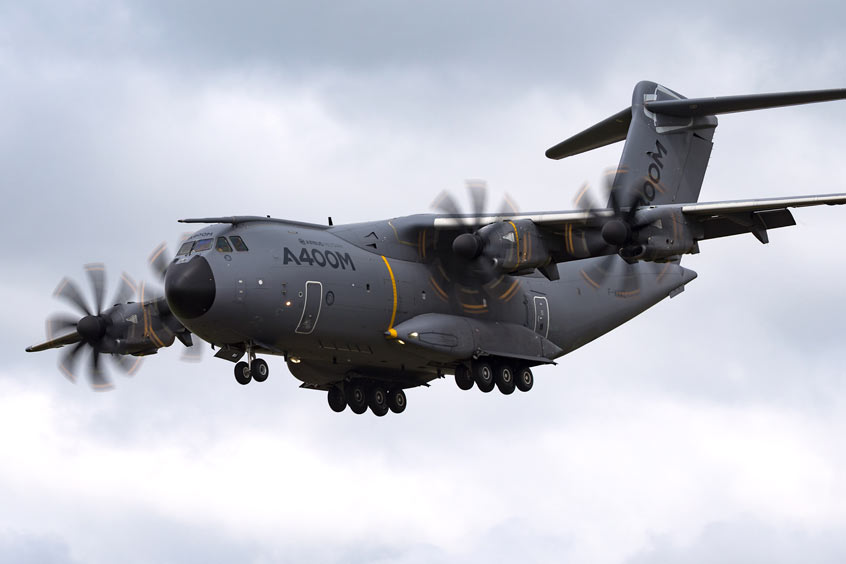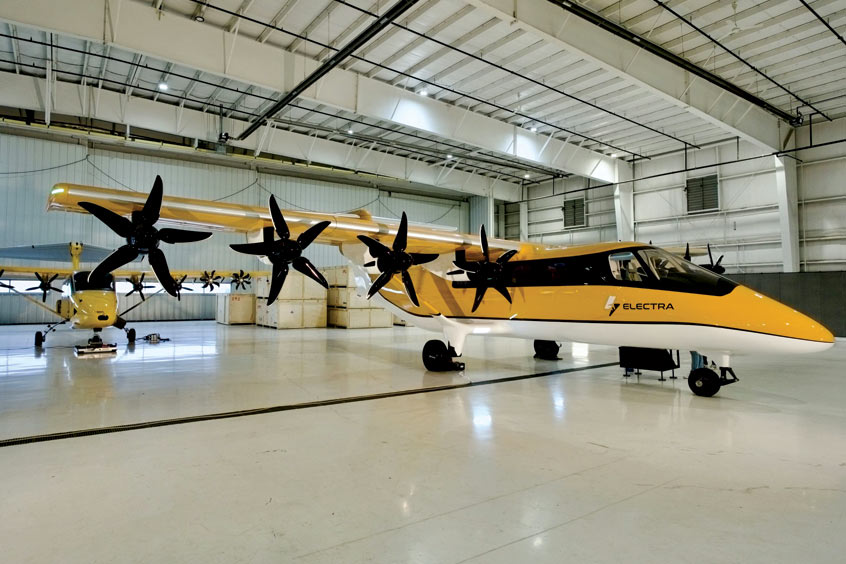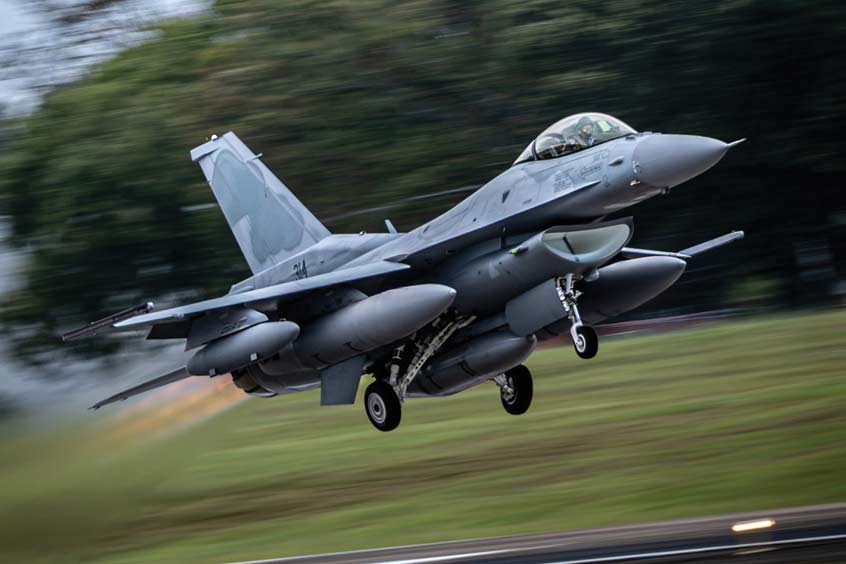Textron Aviation's new single-engine turboprop, the Beechcraft Denali, took to the skies for the first time. The milestone first flight is a major step for the clean-sheet design aircraft and begins the important flight test program that substantiates the segment-leading performance expected of the Denali.
Piloted by senior test pilot Peter Gracey and chief test pilot Dustin Smisor, the Beechcraft Denali prototype aircraft, powered by GE Aviation's new Catalyst engine, took off at approximately 8:20 a.m. from the company's west campus at Eisenhower International Airport. During the 2-hour and 50-minute flight, the team tested the aircraft's performance, stability and control, as well as its propulsion, environmental, flight controls and avionics systems. The aircraft reached an altitude of 15,600 feet and attained speeds of 180 knots.
"Today's landmark flight is not only a significant occasion for the Denali, it's a truly great moment for our employees, our suppliers and the customers who will be flying this aircraft," says Ron Draper, president and CEO, Textron Aviation. "With its more environmentally friendly engine and largest cabin in its class, this is an aircraft that will change the landscape for high-performance single-engine turboprop aircraft. Today's flight is just the beginning for what we anticipate will be a long list of important accomplishments as we prepare the aircraft for certification and customer deliveries."
"From the beginning of the flight to the end, the Denali was simply flawless," Gracey adds. "It's just a great aircraft to fly. The Catalyst engine was outstanding, and the aircraft performed to the levels we were anticipating. First flights really can't go more smoothly than this. We are really off to an excellent start for the Denali flight test program."
The Denali prototype aircraft, along with two additional flight test articles and three full airframe ground test articles, will continue to expand on operational goals, focusing on testing aircraft systems, engine, avionics and overall performance. The company is targeting certification for the Denali in 2023.
Engineered to achieve cruise speeds of 285 knots and full fuel payload of 1,100 pounds, the Denali is designed to have a range of 1,600 nautical miles at high-speed cruise with one pilot and four passengers and will be able to fly from Los Angeles to Chicago, New York to Miami or London to Moscow.
The Denali is the first aircraft powered with GE's Catalyst engine, a more sustainable engine that burns up to 20 percent less fuel than older turboprop technologies. Like the company's other aircraft, the Denali can also use sustainable aviation fuel. The FADEC-equipped, 1,300 shaft horsepower (SHP)-rated turboprop engine eases pilot workload with its single-lever power and propeller control.
The aircraft is also equipped with McCauley's new 105-inch diameter composite, five-blade, constant speed propeller, which is full feathering with reversible pitch and ice protection.
The cockpit features the Garmin G3000 intuitive avionics suite with high-resolution and touchscreen controllers. An integrated Garmin autothrottle is now a standard feature, which interfaces with the Automatic Flight Control System (AFCS) and Flight Management System (FMS) to provide easy speed control throughout all regimes of flight from takeoff to touchdown.
Class-leading passenger experience
The Beechcraft Denali's flat-floor cabin is designed to be the largest in its segment and offers the versatility to easily convert between passenger and cargo configurations. The cabin features a standard seating configuration of six individual reclining seats and offers a nine-place high density seating option. Passengers will also enjoy large cabin windows, a forward refreshment cabinet and an in-flight accessible baggage compartment. An optional externally serviceable belted lavatory in the rear of the cabin is also available.
| Contact details from our directory: | |
| GE Aerospace Business & General Aviation Turboprops | Turboprop Engines |
| Textron Aviation (Beechcraft) | Airframer |
| Garmin International | ADS-B systems, Air Data Computers, Airborne Communication Systems, Attitude and Heading Reference Systems, Automatic Flight Control Systems, Autopilots, Autothrottle Systems, Avionics Management Systems, Collision Avoidance Systems/TCAS, Electronic Flight Instrument Systems, Engine Indicator Instruments, Flight Directors, Flight Management Systems, GPS, Head-Up Displays, Instrument Landing Systems, Magnetometers, Moving Maps, Onboard Airport Navigation Systems, Onboard Computers, Onboard Intercom Systems, Position Indicators, Radar Transponders, Radar/Radio Altimeters, Radio Communications Equipment, Satellite Receivers, Storm-Warning Radar, Terrain Awareness and Warning Systems, Transceivers, VOR (Omnirange) Receivers, Weather Mapping Radar |
| McCauley Propeller Systems | Composite Propellers, Metal Propellers, Propeller Spinners, Synchrophasers |
| Related aircraft programs: |
| Beechcraft Denali |
Weekly news by email:
See the latest Bulletin, and sign up free‑of‑charge for future editions.

Saab advances digital manufacturing with autonomous fuselage

Airbus deploys Stratasys printed parts for A320, A350 and A400M

Electra kicks off Part 23 application for hybrid-electric EL9
